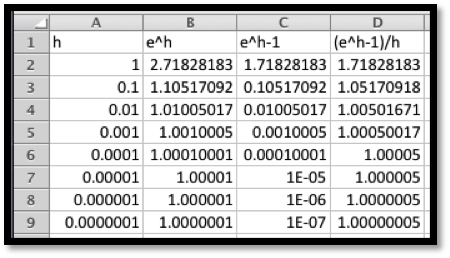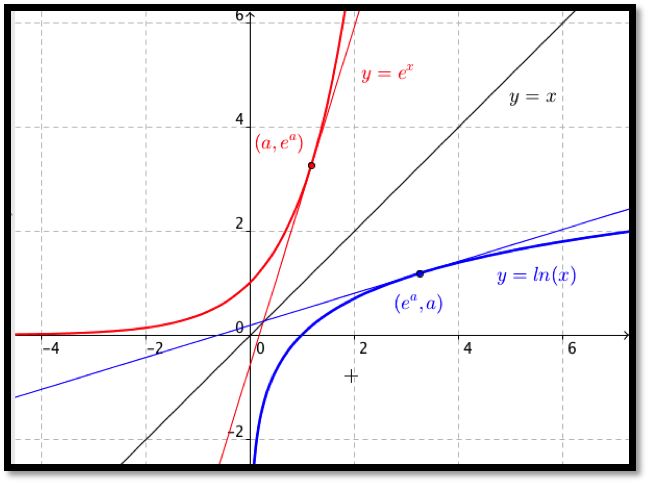Definition 4.1.1. Derivative.
For a function \(f(x)\text{,}\) the instantaneous rate of change of \(f(x)\text{,}\) or the derivative of \(f(x)\text{,}\) denoted as \(f'(x)\text{,}\) is defined as
\begin{equation*}
f'(x )=\lim_{h\to 0}\frac{f(x+h)-f(x)}{h}\text{.}
\end{equation*}


